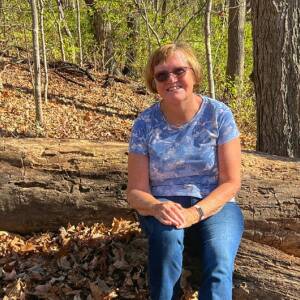Madeira Day 7: Levada walk
Saturday
Today, we did our first levada walk. For those that may not know, the levadas are a vast network of stone channels, originally dating back to the fifteenth century, built to capture the water falling in the mountainous areas and carry it down to the crop fields. The island's first levadas, funded by wealthy Genoese backers, were to transport water to cultivate a cash crop: sugar cane. Madeira's fertile soil and year-round warm climate made for perfect growing conditions, and by the end of the 15th Century, Madeira had surpassed Cyprus as Europe's biggest exporter of sugar. Madeira's sugar industry peaked in 1506 when the island exported 2,500 tons of sugar cane. However, the industry was relatively short lived, and by 1530, output had fallen by a staggering 90%, partly due to depleted energy resources such as wood. Throughout the 17th and 18th Centuries, the island's levadas became less vital – perhaps because of the island's newest industry, wine production, which didn't require as much water.
But by the 19th Century, the levadas were again front and centre. In 1835, work started on the Levada Velha do Rabaçal – Madeira's first publicly funded levada. Later, secondary levadas provided water for land used to cultivate crops like yams, potatoes, beans and corn, improving nutrition on the island.
Today, however, the levadas are taking on yet another new role, attracting hikers from around the world to hike these levada trails, many of which are quite challenging.
The trail we chose for today was the Levada do Risco, leading to the waterfall shown in my collage. The levada trail itself was relatively flat, but you have to walk almost a mile down to it, down a narrow paved road, and then back up again at the end! We could have taken a shuttle bus back up at the end, but that seemed like cheating! It was a great trail, with some fine views, and the reward of the waterfall at the end. At the upper level, there were occasional cows grazing among the gorse bushes, and the pretty Madeiran chaffinch was a common sight wherever there were people with picnics or at outdoor cafes - they would be on the lookout for scraps, and were extremely tame, even taking food from people’s hands, despite signs saying do not feed the wildlife!
Step count: 17,712

Comments
Sign in or get an account to comment.


